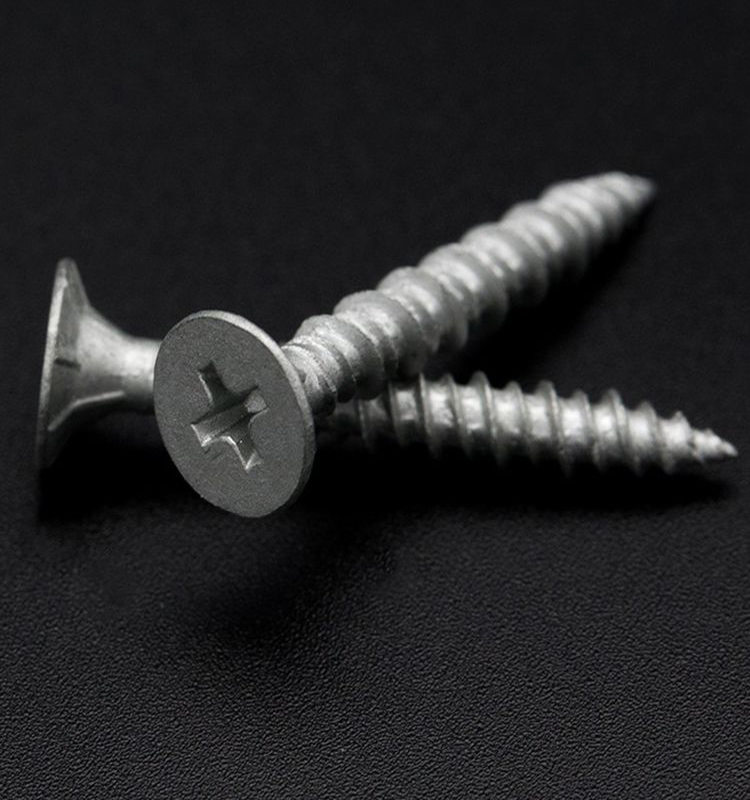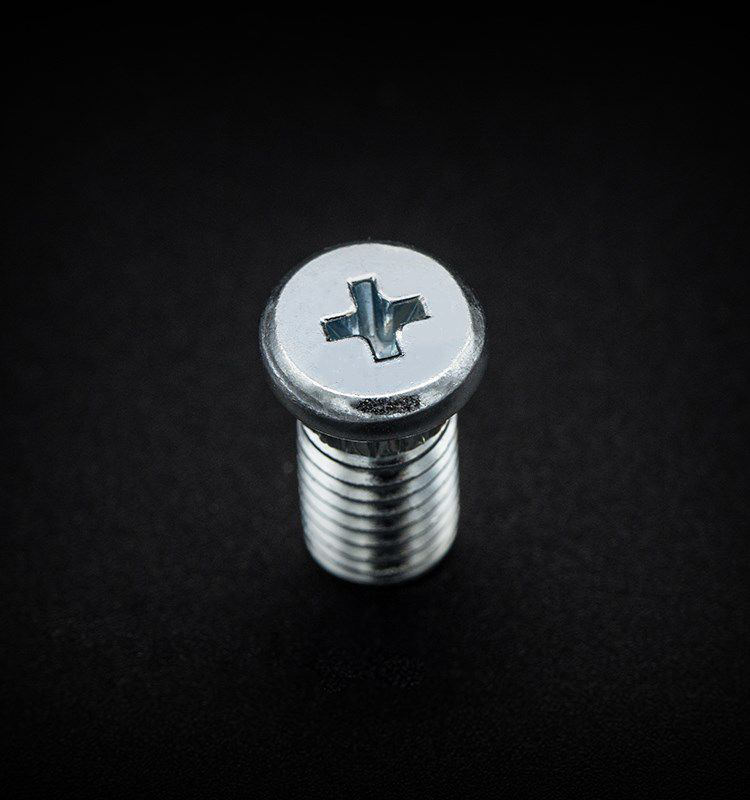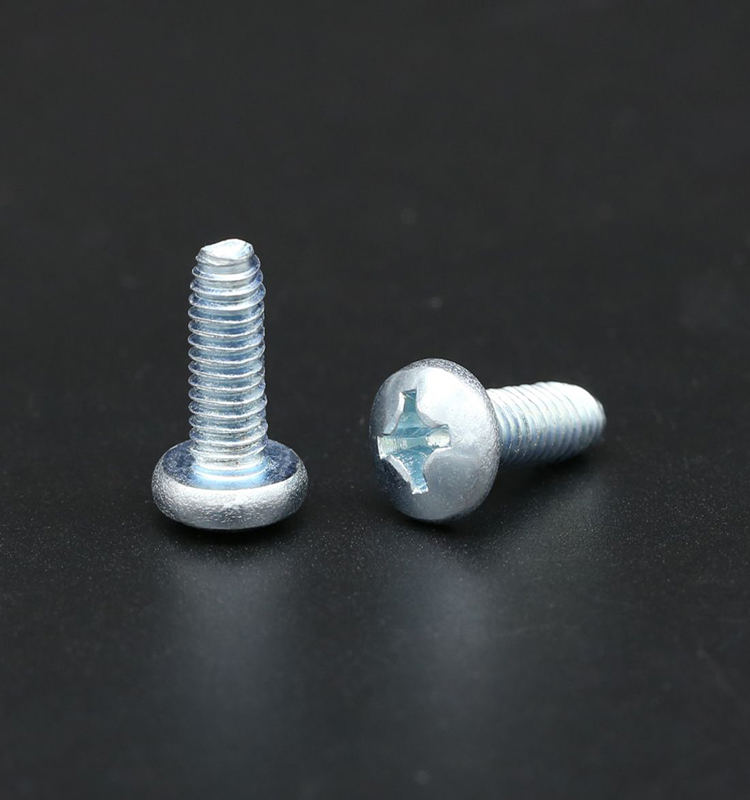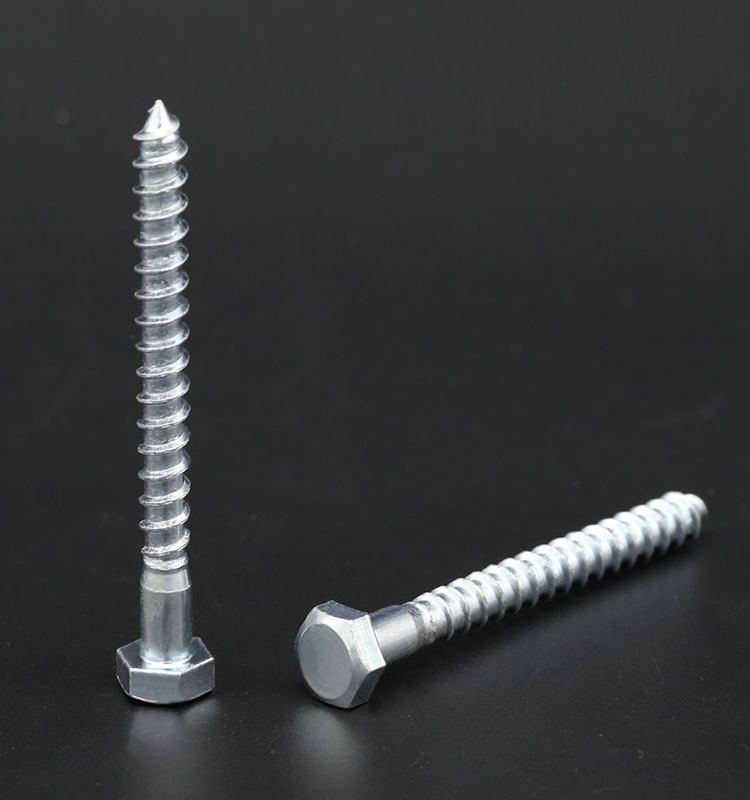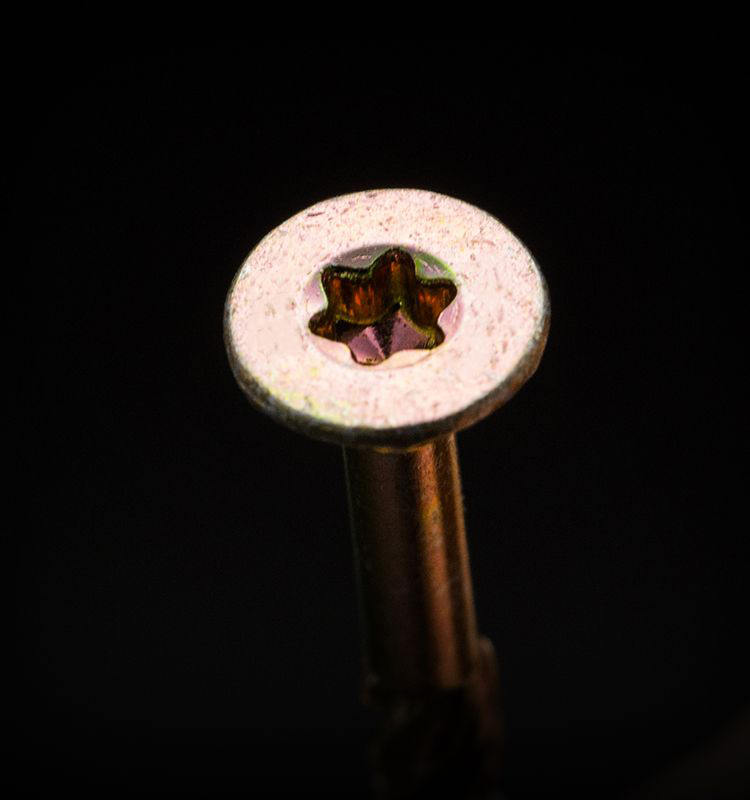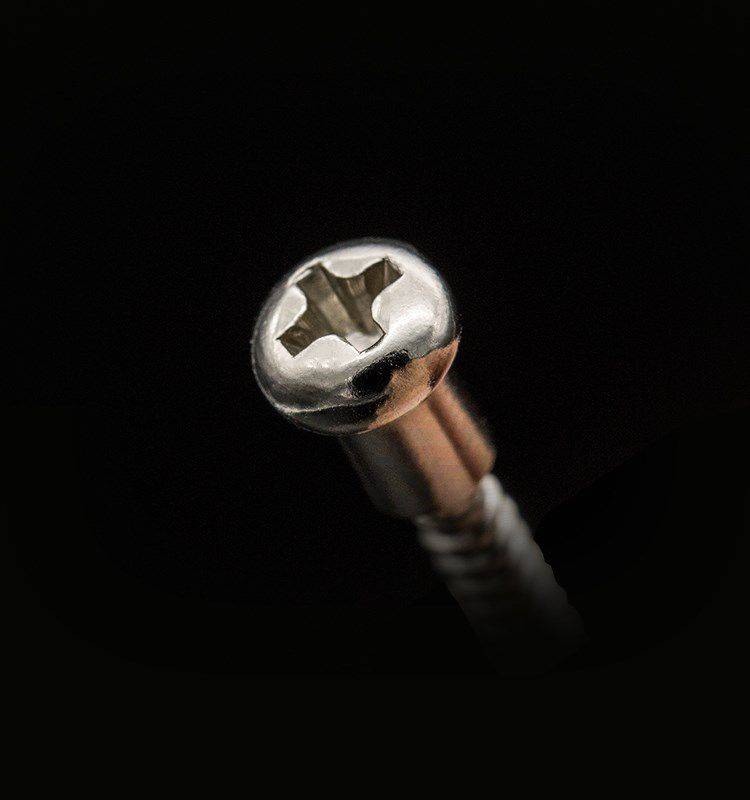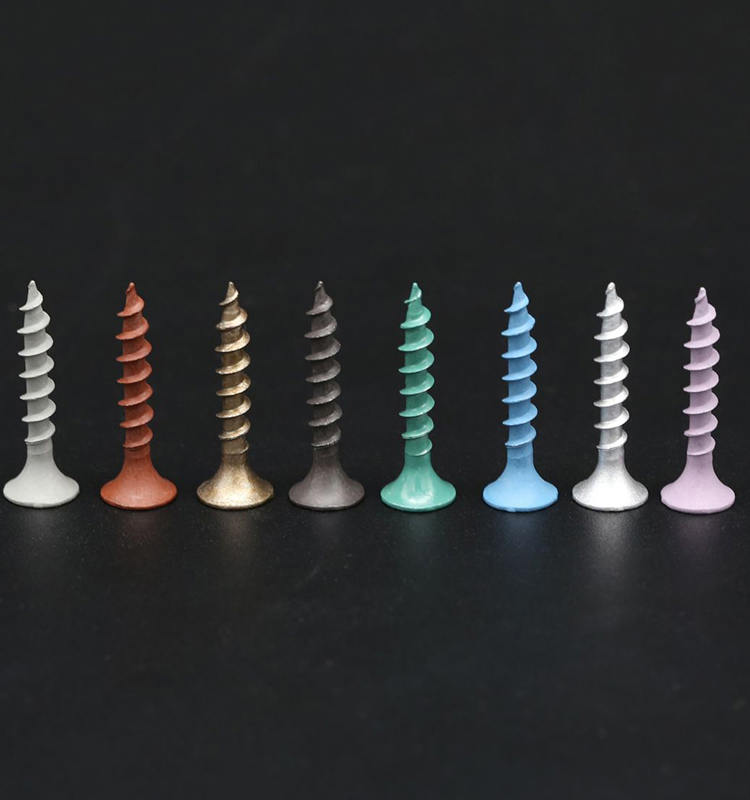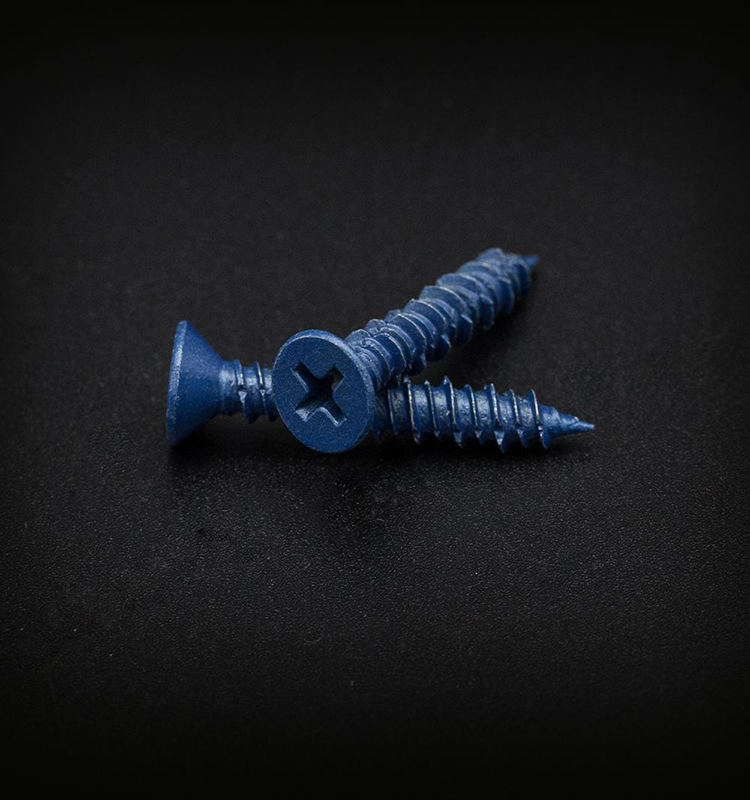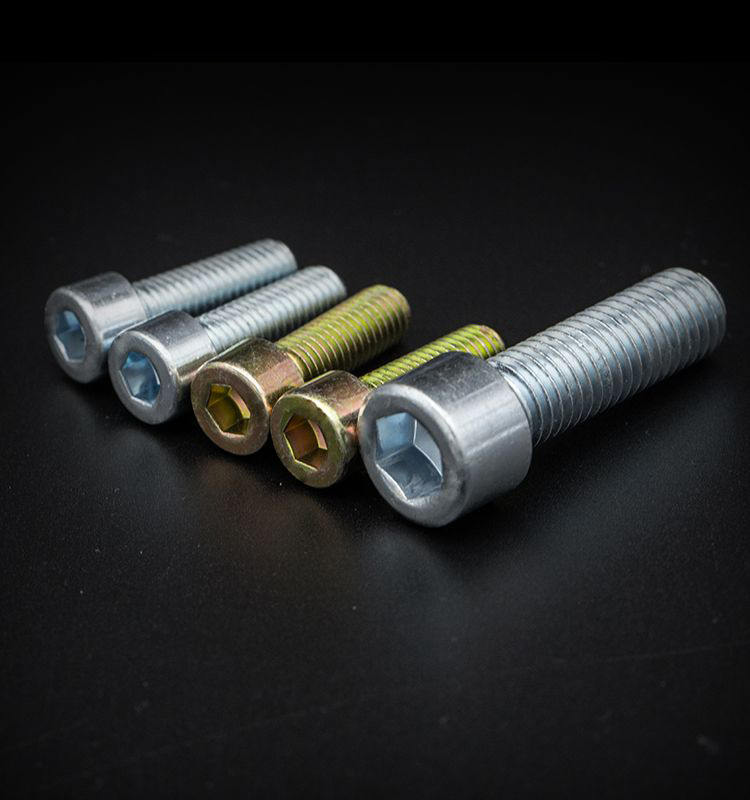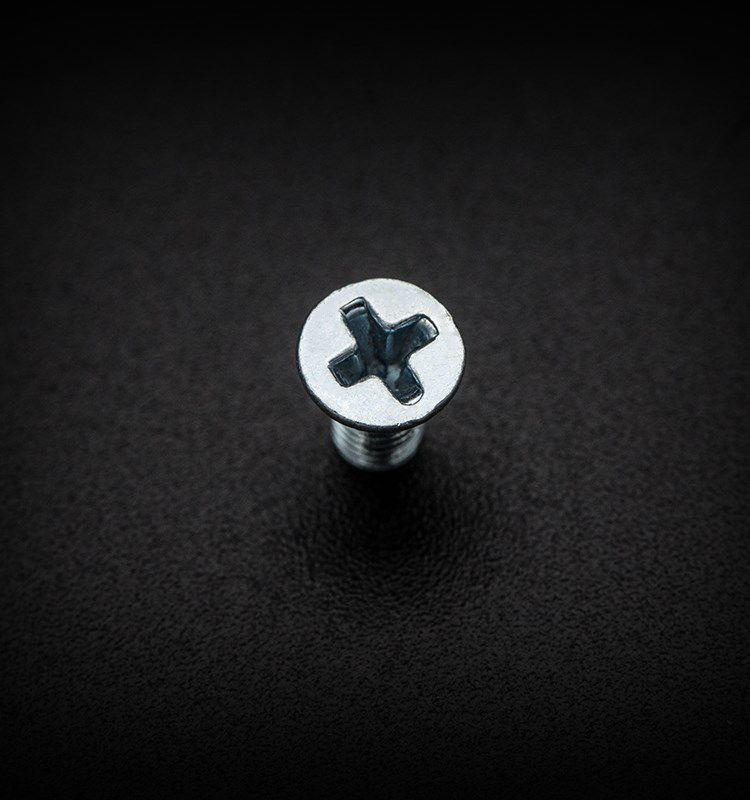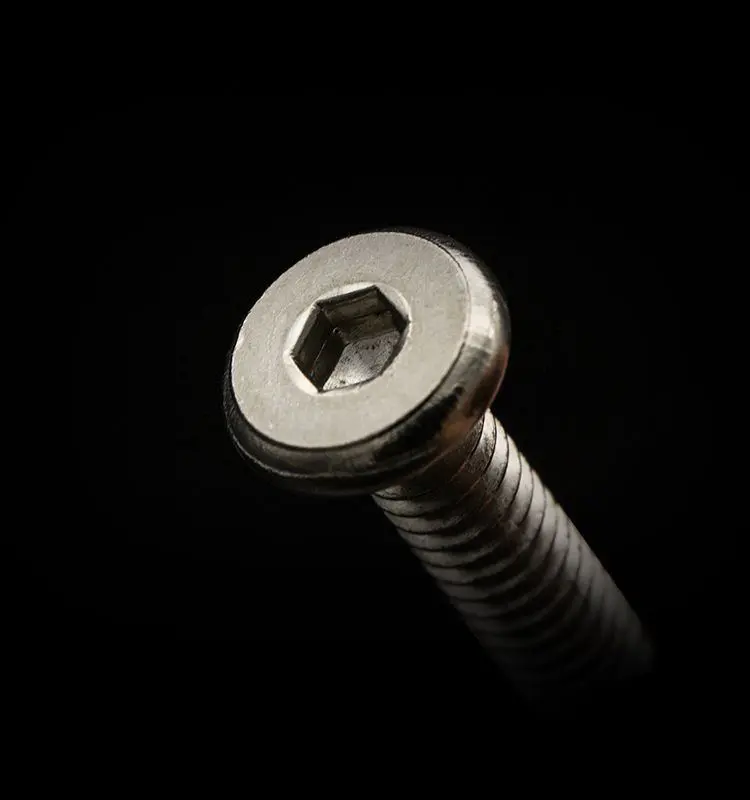Screws are among the most fundamental fasteners in construction and manufacturing, but not all screws are created equal. While standard screws serve general purposes, non-standard screws are designed for specialized applications, offering unique features that improve performance in specific scenarios. Two notable examples are drywall screws and Hi-Low thread screws, each engineered for distinct tasks. This article explores their characteristics, uses, and key differences.
Cross -headed head Hi-Low Thread Screws (hot -dip galvanized)
Drywall Screws: The Essential Fastener for Wallboard Installation
Drywall screws are a type of non-standard screw specifically designed for securing drywall (gypsum board) to wooden or metal studs. Their unique features include:
Fine, sharp threads – Optimized for gripping drywall without tearing the paper surface.
Bugle head design – Helps countersink the screw smoothly without breaking the drywall surface.
Black phosphate or ceramic coating – Provides corrosion resistance and reduces friction during installation.
Key Data Comparison: Drywall Screws vs. Standard Wood Screws
| Feature | Drywall Screws | Standard Wood Screws |
|---|---|---|
| Thread Type | Fine, sharp | Coarse, deep |
| Head Design | Bugle head | Flat or round head |
| Coating | Black phosphate | Zinc or uncoated |
| Primary Use | Drywall attachment | General wood fastening |
Drywall screws are not suitable for load-bearing applications, as they lack the shear strength of structural screws.
Hi-Low Thread Screws: Enhanced Grip for Soft Materials
Hi-Low thread screws (also known as twinfast or dual-thread screws) feature alternating high and low threads, providing several advantages:
Reduced driving torque – The lower threads decrease resistance, making installation easier.
Improved pull-out resistance – The higher threads enhance grip in soft materials like particleboard and MDF.
Prevents material splitting – The design reduces stress on wood fibers.
Key Data Comparison: Hi-Low Thread vs. Standard Thread Screws
| Feature | Hi-Low Thread Screws | Standard Thread Screws |
|---|---|---|
| Thread Pattern | Alternating high/low | Uniform pitch |
| Driving Torque | Lower | Higher |
| Best For | Particleboard, MDF | Solid wood, metal |
Hi-Low thread screws are commonly used in furniture manufacturing and cabinetry, where soft composite materials require secure fastening without splitting.

